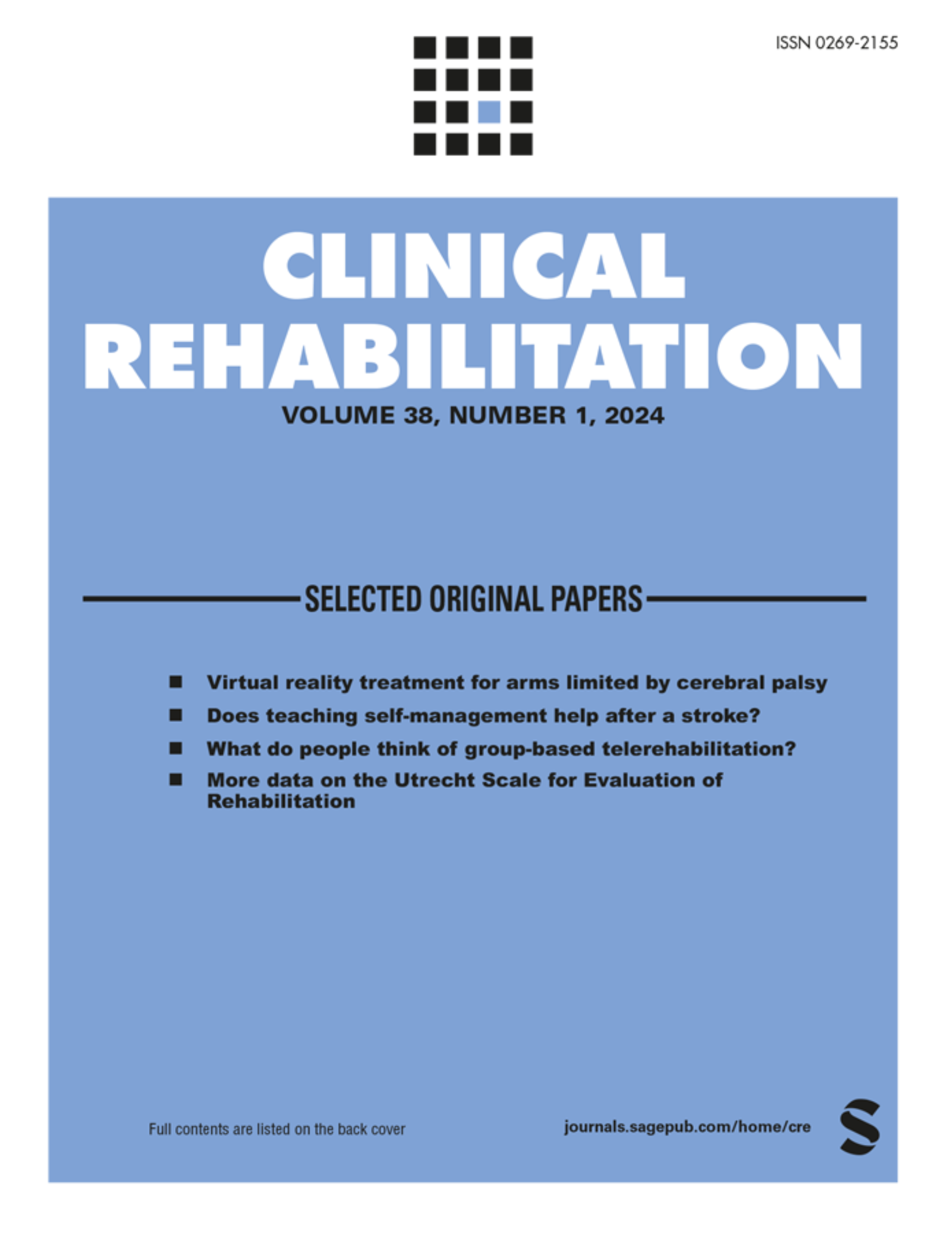
Addition of transcranial direct current stimulation to exercise beneficial over sham for chronic LBP

Addition of transcranial direct current stimulation to exercise beneficial over sham for chronic LBP
The effects of transcranial direct current stimulation (tDCS) combined with group exercise treatment in subjects with chronic low back pain: a pilot randomized control trial.
Clin Rehabil. 2018 Oct;32(10):1348-1356. doi: 10.1177/0269215518777881Did you know you're eligible to earn 0.5 CME credits for reading this report? Click Here
Synopsis
35 patients with chronic, nonspecific low back pain were randomized in this exploratory trial to the addition of either active or sham transcranial direct current stimulation (tDCS) sessions prior to starting a group exercise program for 1 month. The tDCS sessions were completed over 5 consecutive days prior to group exercise intervention. Patients were assessed primarily for pain response during ...
To view the full content, login to your account,
or start your 30-day FREE Trial today.
FREE TRIAL
LOGIN
Forgot Password?
Explore some of our unlocked ACE Reports below!

Learn about our AI Driven
High Impact Search Feature
Our AI driven High Impact metric calculates the impact an article will have by considering both the publishing journal and the content of the article itself. Built using the latest advances in natural language processing, OE High Impact predicts an article’s future number of citations better than impact factor alone.
Continue



 LOGIN
LOGIN

Join the Conversation
Please Login or Join to leave comments.